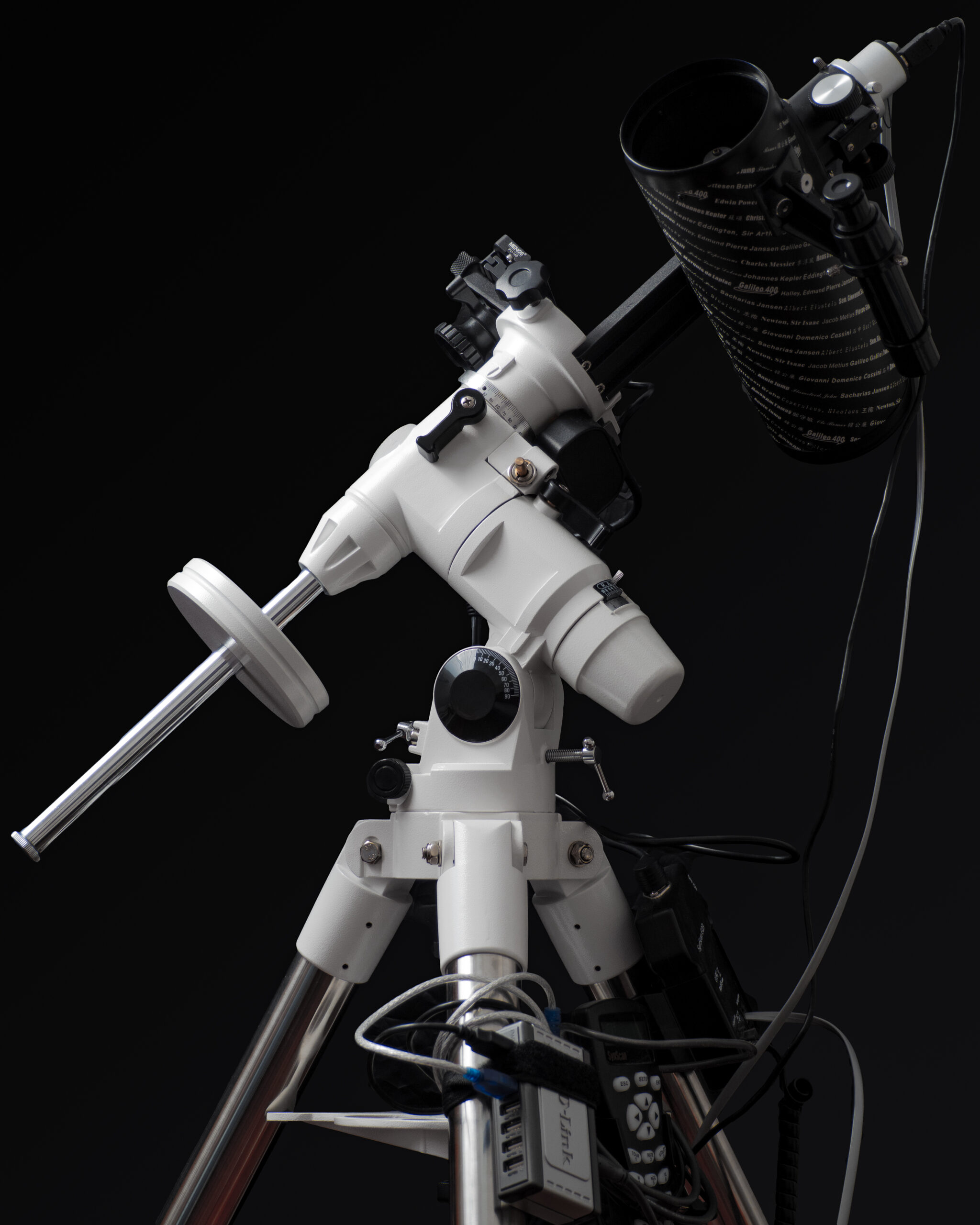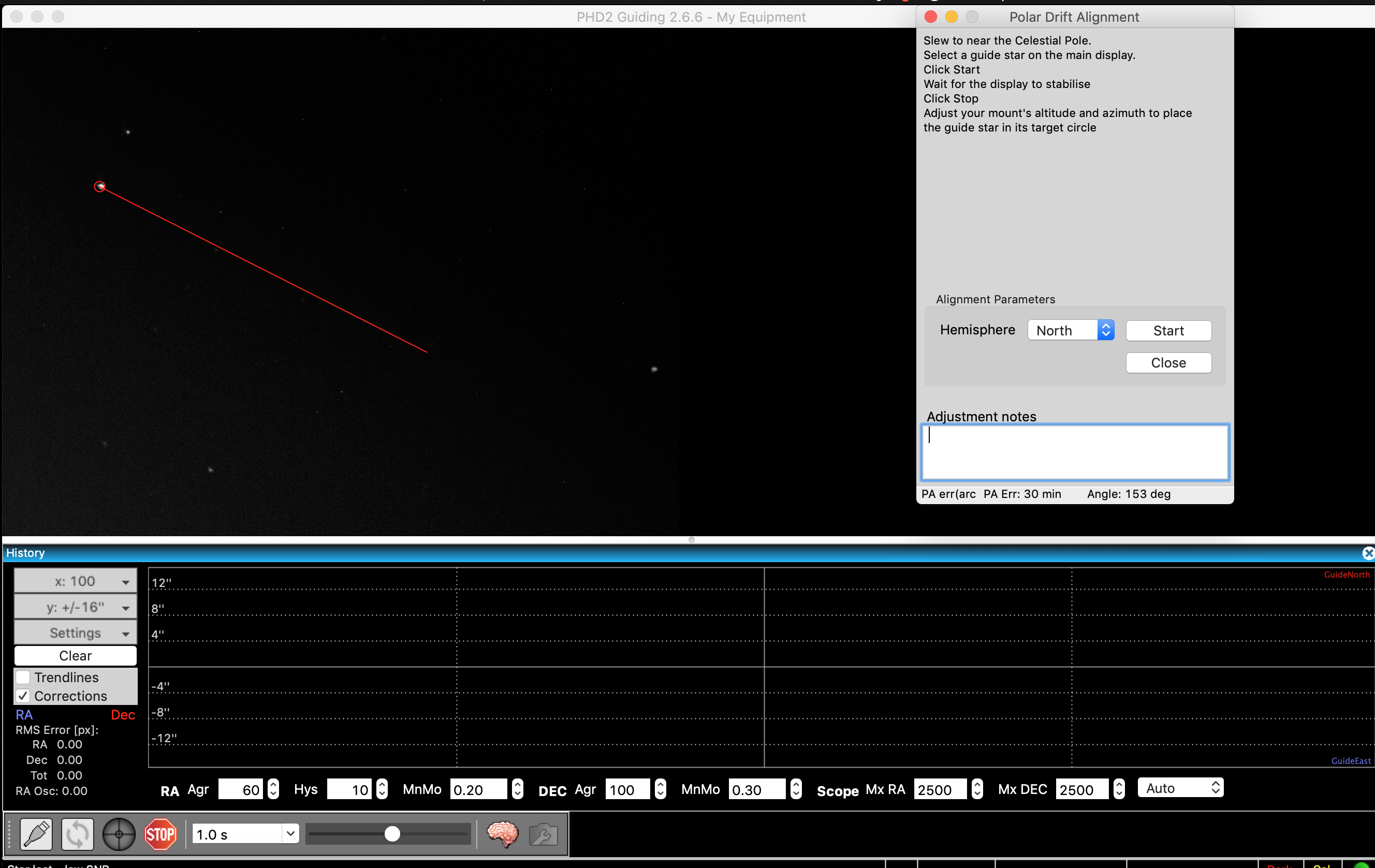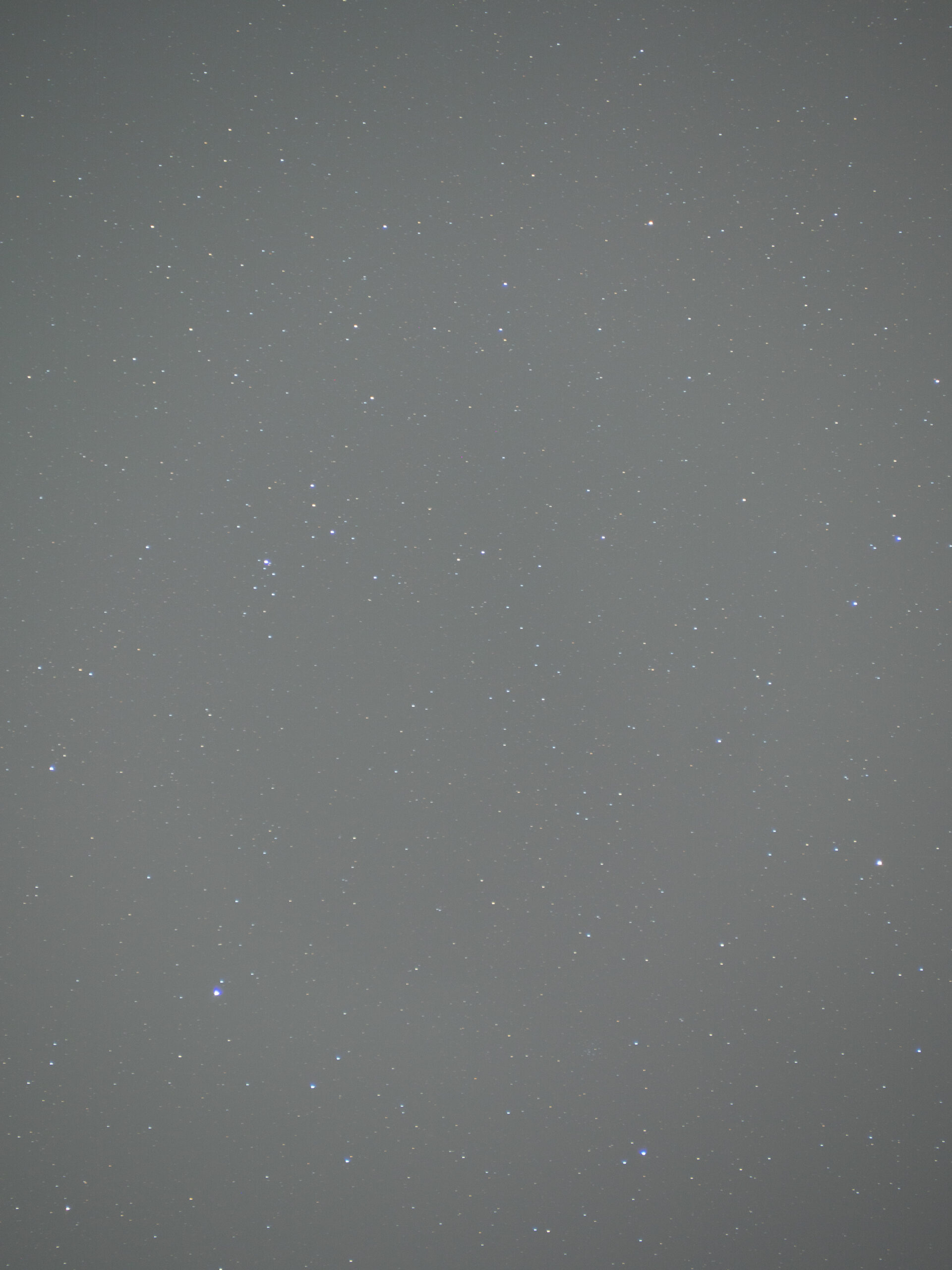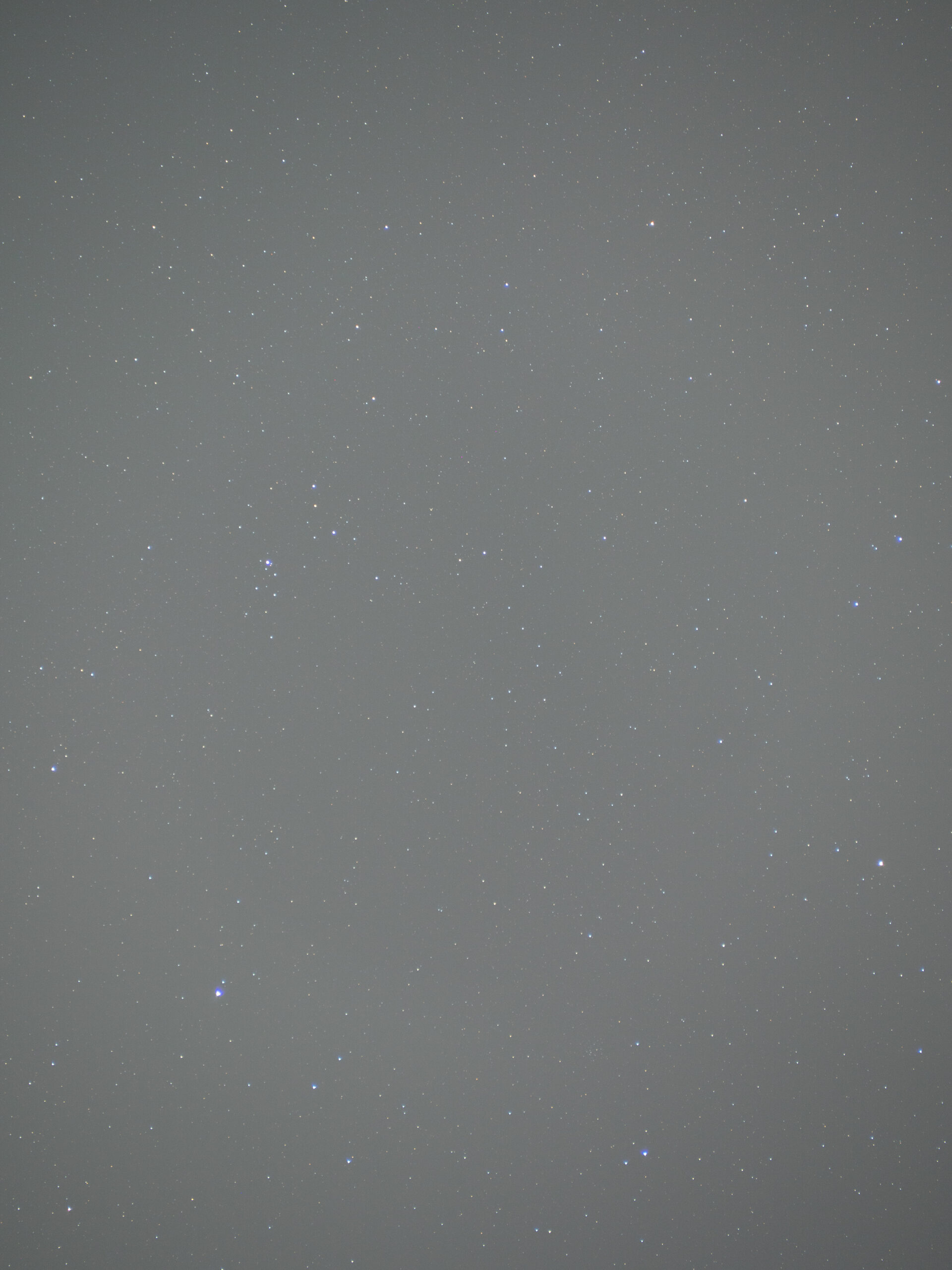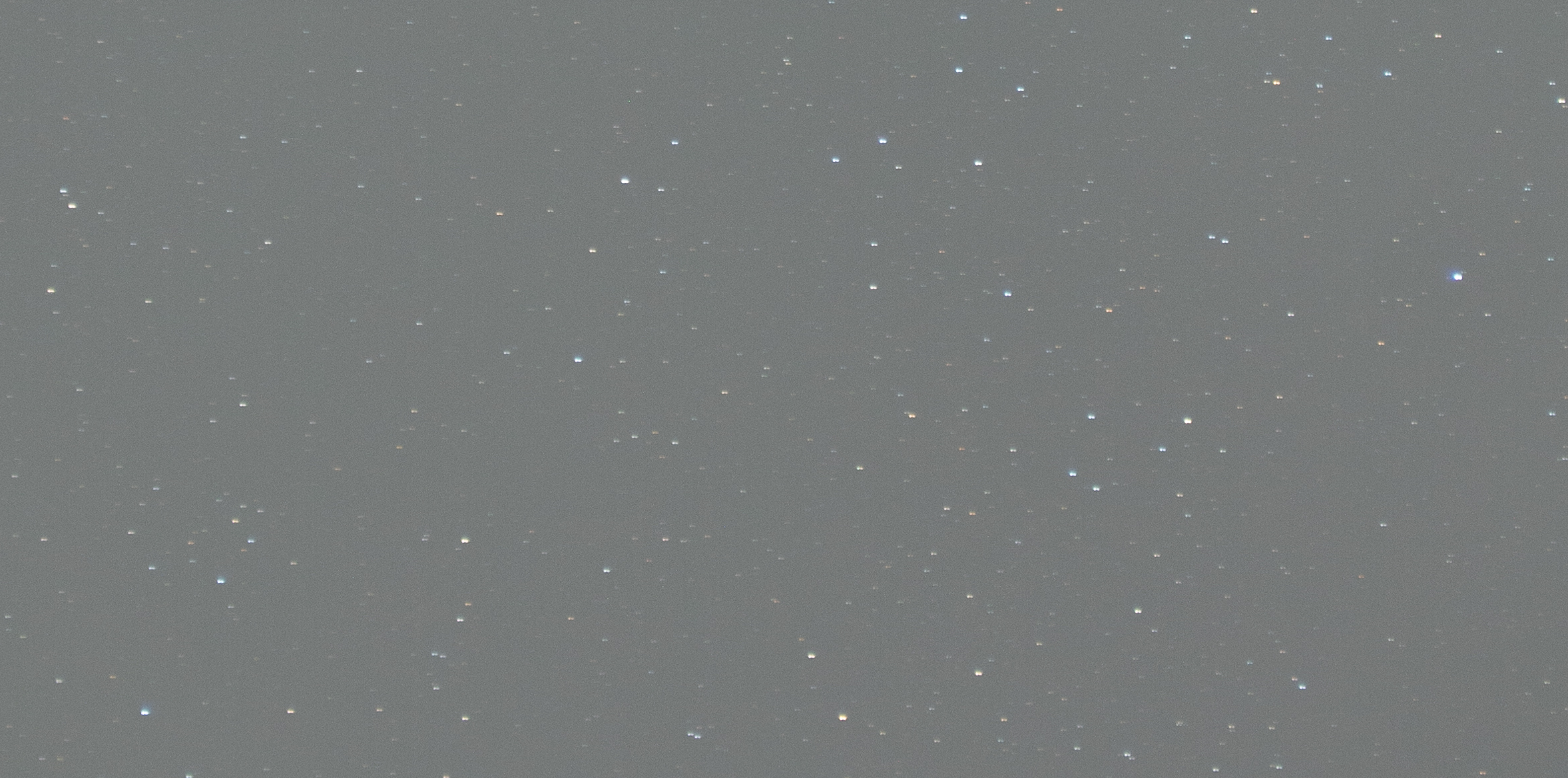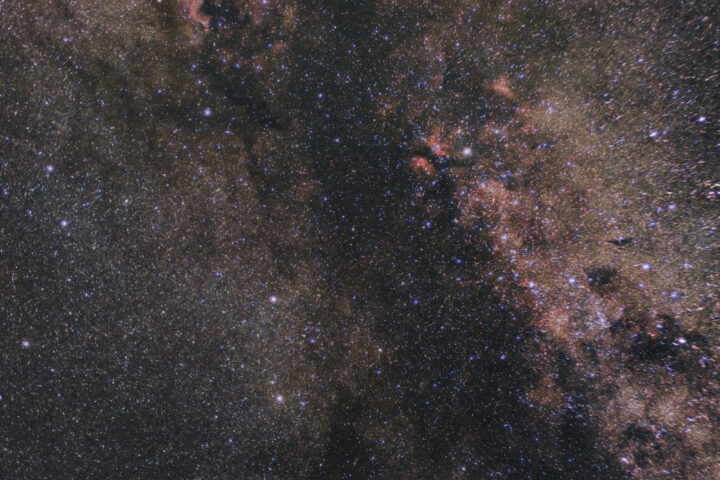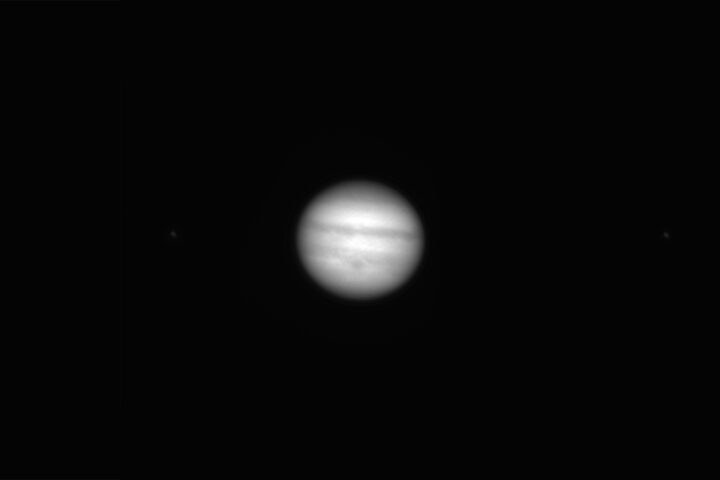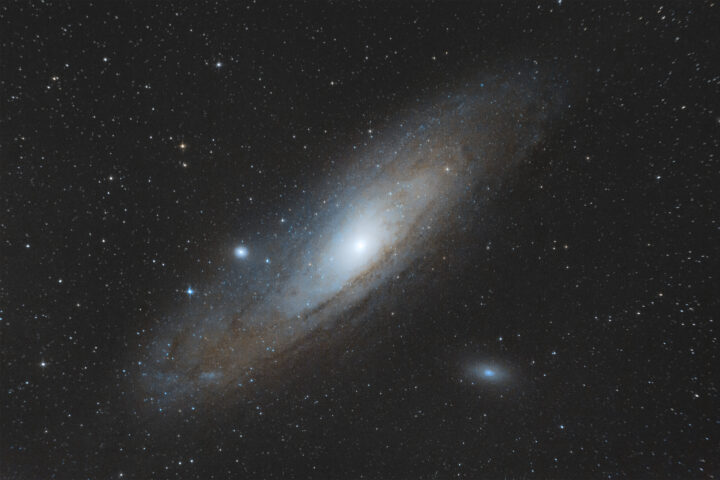If you’ve read this post, you should know that my SLT mount broke. However I was really lucky: the product was still under warranty so I sent it back to amazon and they gave me the money back.
When I had my old telescope I learned a lot of things and I discovered that serious deep sky astrophotography requires good tracking rather than extreme focal lengths. Therefore I decided to buy a mount and a guiding setup.
The mount is an EQ3 Pro Synscan, the guidescope is a Celestron Firstscope 76 and the guide camera is a QHY5L-II monochrome.
EQ3 pro vs SLT mount: polar alignment
Being an equatorial mount, the EQ3 requires polar alignment, while the SLT mount, being Alt-Az, does not. I have used it in equatorial mode, but I did not have precise controls on the tripod to make accurate polar alignment so I eyeballed it.
Most of the time, polar aligning your mount should not be a problem. However, if there are buildings blocking Polaris, it is a different story. Luckily there is a solution for everything and in this case it’s PHD2 with its Polar Drift Align tool.
The Polar Drift Align tool requires a view near the celestial pole and rough polar alignment, that I do with the compass on my phone. I then have to select a star near the pole, set the focal length of my telescope in the guiding settings and start the tool. It will show a red line with a circle at the end of it that indicates where the selected star would be if the mount were accurately polar aligned. At first it will change direction very often, but after some time it will stabilize. After it stabilizes, I move the star following the line using the Alt-Az controls of the mount.
I usually have to repeat this procedure many times because a compass is not accurate enough for polar alignment and I have a huge error at the start (usually 250 arcminutes).
After a few steps, the circle is in my field of view and I can finally polar align.
EQ3 pro vs SLT mount: star alignment
While the SLT mount required star alignment in Alt-Az mode, I tend to avoid it with EQ mounts because it takes time. However, if I really need to do it, aligning an EQ mount is much easier because even one-star alignment is good enough for GOTO.
Nevertheless, my ultimate goal is to use plate solving to make a fully automated setup.
EQ3 pro vs SLT mount: tracking and guiding
The EQ3 is infinitely better at tracking, with unguided 6 minute exposures at a resolution of 4.58 arcseconds per pixel (Pen F and 150mm lens) showing minimal star trailing, that was fixed with guiding.
My goal for the EQ3 is to use it with a 130/650 newtonian for smaller targets. I think this kind of telescope is a great choice because of the good balance between weight, aperture and focal length. With my Pen F the resolution is 1.06 arcsecs/pixel. Since I do not have the telescope right now and I want to check if the tracking is good enough, I’ve designed a test and I will write an article about it soon.
Conclusion
Despite what many people say, the EQ3 is a very good mount. It combines good tracking, portability that can’t be achieved with bigger mounts and a good price point. It is definitely not made for big telescopes, but many deep sky targets are very large so you usually do not need one anyway.
To learn more about the EQ3, check out this Stargazerslounge thread, where people with this mount share their experiences.
